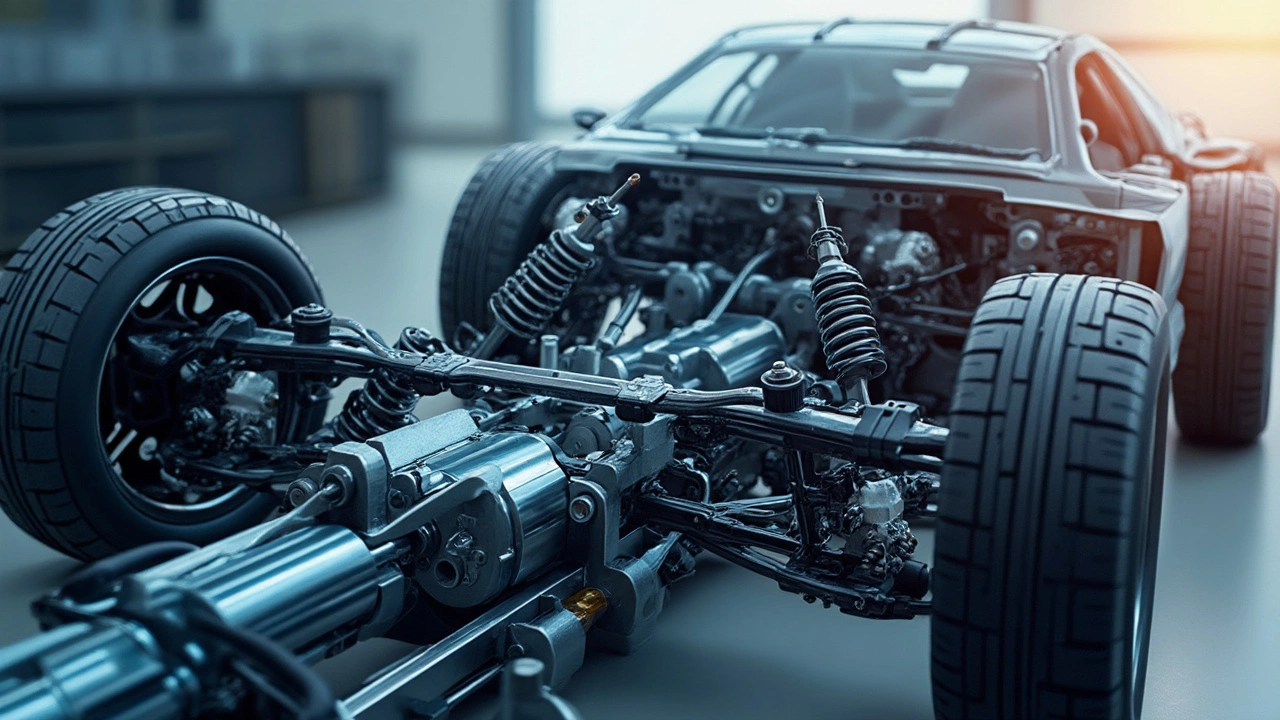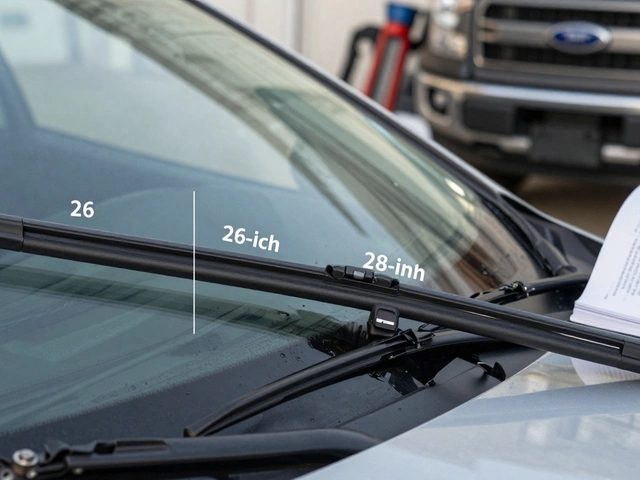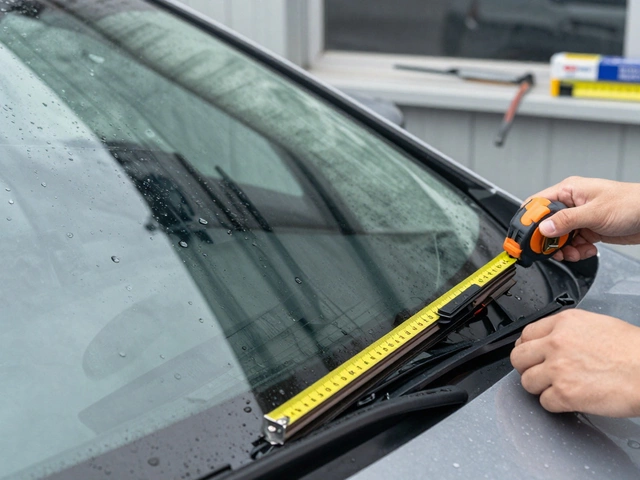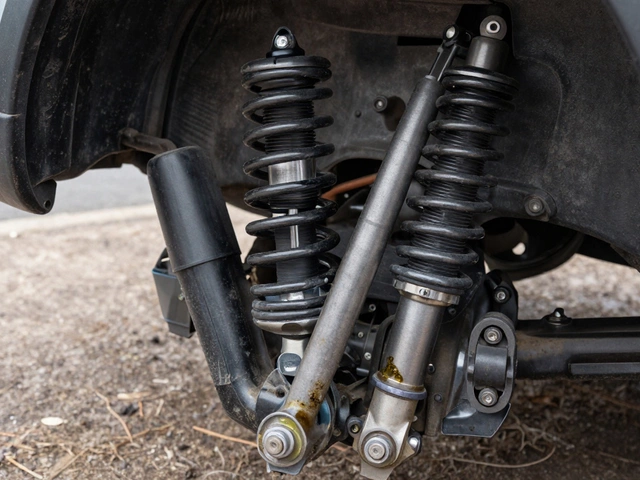Replacement Tips: Smart Ways to Know When and How to Replace Car Parts
When it comes to your car, replacement tips, practical guidance on when and how to swap out worn or failing parts to keep your vehicle running safely and efficiently. Also known as car part replacement advice, these tips help you avoid costly breakdowns and make smarter decisions without paying for unnecessary repairs. Whether it’s your brakes, suspension, or engine components, knowing the right time to replace something saves money and keeps you safe.
Take brake rotors, the metal discs that work with brake pads to stop your car. Also known as brake discs, they wear down over time and can warp or crack if ignored. You don’t always need to replace them when changing pads—sometimes they’re still good. But if you feel vibration when braking or hear grinding, it’s a red flag. Similarly, fuel pumps, the component that pushes gasoline from the tank to the engine. Also known as fuel delivery system, they can fail without warning, leaving you stranded. Signs like sputtering at high speeds or a car that won’t start aren’t always the fuel pump—but they’re clues you shouldn’t ignore. And then there’s shock absorbers, parts that smooth out bumps and keep your tires on the road. Also known as shocks, they don’t just make your ride comfy—they affect steering, braking, and even tire wear. If your car bounces too much after hitting a bump, or if the tires wear unevenly, those shocks are probably done.
It’s not just about the parts themselves—it’s about how they connect. A bad radiator can cause your engine to overheat, which then puts stress on everything else. A slipping clutch doesn’t just make shifting hard—it can damage the flywheel or pressure plate if left unchecked. And skipping oil changes? That’s not just about dirty oil—it’s about sludge building up and clogging vital engine parts that weren’t designed to run on junk. These aren’t isolated problems. They’re signals in a system, and knowing what to look for is half the battle.
You don’t need to be a mechanic to spot trouble. Most of these issues show up in ways you can feel or hear. The car jerks. It makes a noise. It pulls to one side. You smell something burning. These aren’t mysteries—they’re messages. The posts below give you the plain truth: how to test your battery with a multimeter, whether you need an empty tank to change a fuel pump, if you can skip rotor replacement when swapping pads, and how to tell if your radiator is failing before it leaves you stranded. No fluff. No guesswork. Just what works, what doesn’t, and what you need to do next.






